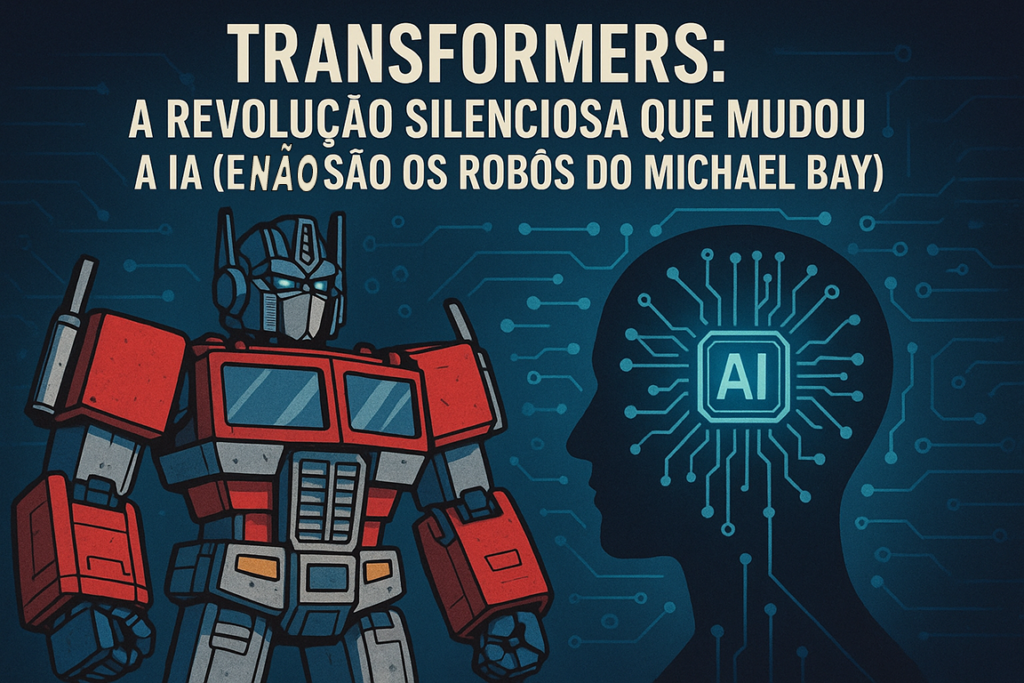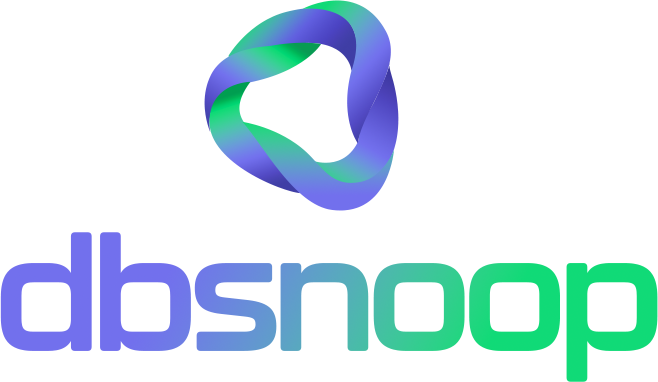

If you work with Artificial Intelligence, Machine Learning, or simply live on Earth and use the internet, you’ve already been impacted by a Transformer—even if you don’t realize it.
No, I’m not talking about Optimus Prime, but the architecture that has transformed (pardon the pun) how machines understand and generate language, code, images, and even music.
We are facing one of the greatest innovations in the history of AI, and understanding how it works is crucial for anyone looking to develop modern, robust, and intelligent systems.
Context: What Came Before Transformers?
Before 2017, when the paper “Attention is All You Need” was published by Google Brain researchers, Natural Language Processing (NLP) was dominated by recurrent architectures like RNNs (Recurrent Neural Networks) and LSTMs (Long Short-Term Memory).
These models tried to process sentences and texts as temporal sequences, word by word, in order. They worked, but had serious limitations:
- Difficulty in parallelizing training;
- Limited memory for long contexts;
- High computational costs for large datasets.
It was in this scenario that Transformers arrived as a breakthrough—elegant, powerful, and highly parallelizable.
What Are Transformers, Anyway?
Simply put, Transformers are attention-based models, a mechanism that allows the model to “look” at all parts of an input and decide which parts are relevant to understand or generate an output.
The genius idea is: instead of processing word by word like a chain, Transformers analyze everything simultaneously, weighing the importance of each item in the sequence relative to the others.
It’s like when you hear a sentence and don’t just remember the last word spoken, but have access to the entire history, with a contextual compass indicating what matters most at that moment.
“Attention is All You Need”: The Paper That Changed the Game
Published in 2017 by Ashish Vaswani, Noam Shazeer, and others (read the paper), the paper introduced the Transformer architecture, which is basically composed of two blocks:
- Encoder: processes the input (e.g., a sentence) and transforms it into rich vector representations.
- Decoder: uses these representations to generate outputs (e.g., translation, text continuation, or answering a question).
At the heart of it all? Multi-Head Self-Attention, a mechanism that calculates how much each word in the input should pay attention to all others. Each “attention head” captures different aspects of word relationships.
This structure allows understanding complex contexts, semantic nuances, and grammatical relations with unprecedented accuracy.

A Parallel with Star Trek
Remember the episodes where Spock or Data processed multiple conversations, data, and inferences simultaneously?
The idea behind Transformers resembles this distributed and simultaneous attention capability. While humans tend to focus on one line of reasoning at a time, models like GPT (based on Transformers) process all possible contextual paths simultaneously, efficiently weighing relevance beyond human capability.
It’s like having an entire crew of specialists (Kirk, Spock, McCoy, Uhura) analyzing each word of a sentence from different perspectives and synthesizing everything in real time.
Transformers in Practice: Where They Shine
Transformers didn’t stop at text. Today, the architecture underpins models like:
- GPT (OpenAI): text generation with impressive fluency.
- BERT (Google): text understanding for search engines and semantic analysis.
- T5 (Text-To-Text Transfer Transformer): handling multiple textual tasks in a single model.
- DALL·E, Stable Diffusion, MidJourney: image generation from text.
- AlphaCode (DeepMind): code writing.
- SAM (Segment Anything Model, Meta): real-time image segmentation for computer vision.
And the best part? Many of these models are open source or have public APIs you can use for your own projects.
During the Pandemic: Superminds + Transformers
During COVID-19, we saw the fusion of two powerful concepts: human superminds and Transformer-based AI.
- OpenAI trained models on large volumes of scientific literature, helping researchers find hidden correlations between drugs, symptoms, and variants.
- Emotional support platforms used Transformer-based models to provide natural language psychological support.
- Public service bots, like health portals, began understanding questions in more human, informal language.
How It Works Technically
A simplified summary of the Transformer architecture:
1. Embeddings
Words are transformed into numerical vectors, dense representations of language.
2. Positional Encoding
Since Transformers aren’t sequential like RNNs, each word’s position is encoded.
3. Multi-Head Self-Attention
For each word, the model calculates:
- How much to pay attention to each other word;
- Across different “heads” capturing multiple context aspects.
4. Feedforward Layer
Dense layers process the resulting vectors and refine the representation.
5. Normalization and Residual Connections
Techniques that stabilize learning and maintain information flow.
These components are stacked (sometimes dozens or hundreds of times) to form giant models like GPT-4, which you are using now to read this text.

Challenges and Responsibilities
With great power comes great… attention to ethics, privacy, and security.
Transformers can reproduce biases, hallucinate facts, and impact professions and social systems if applied carelessly. Understanding what’s behind the “miracle” of generative AI is essential for any developer, technical leader, or policymaker.
Using Transformers Wisely
If you develop AI systems, or plan to use AI in your company, don’t ignore Transformers. They are the new gold standard. But more than that, they represent a different way of thinking about understanding, generating, and interacting with language.
It’s the kind of advance Gene Roddenberry would have loved to see.
After all, as he said:
“The computer was just a tool. But over time, it became an extension of the human.”
And today, these tools don’t just respond, they create, explain, collaborate, and learn with us. The next frontier isn’t just space—it’s the shared language between humans and machines.
Long live the Transformers (the AI kind, of course).
Schedule a demo here.
Learn more about Flightdeck!
Learn about database monitoring with advanced tools here.
Visit our YouTube channel to learn about the platform and watch tutorials.


